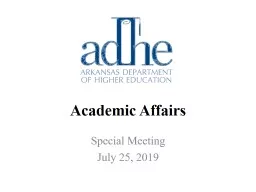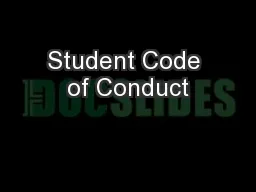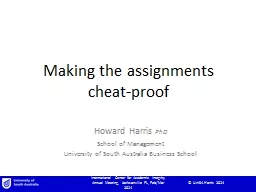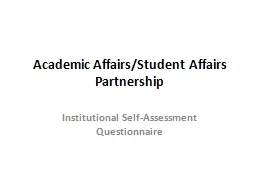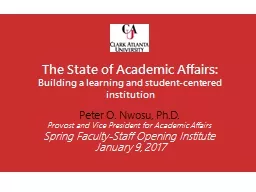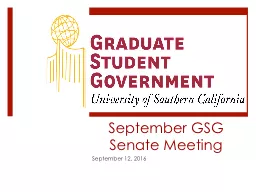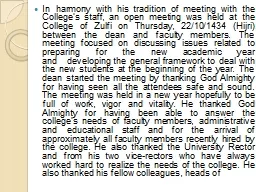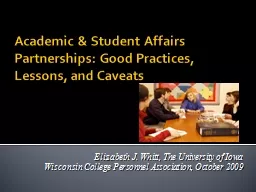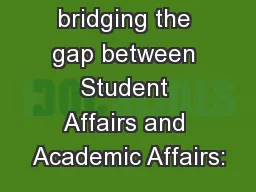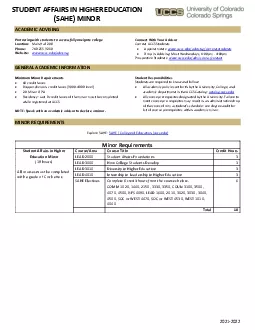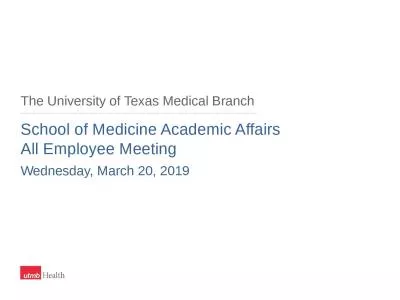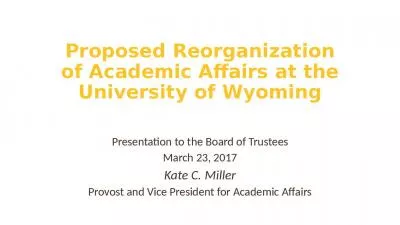PPT-Academic Affairs Special Meeting
Author : ellena-manuel | Published Date : 2020-01-26
Academic Affairs Special Meeting July 25 2019 Annual Review of Faculty Performance Colleges and universities are required to conduct faculty performance reviews
Presentation Embed Code
Download Presentation
Download Presentation The PPT/PDF document "Academic Affairs Special Meeting" is the property of its rightful owner. Permission is granted to download and print the materials on this website for personal, non-commercial use only, and to display it on your personal computer provided you do not modify the materials and that you retain all copyright notices contained in the materials. By downloading content from our website, you accept the terms of this agreement.
Academic Affairs Special Meeting: Transcript
Download Document
Here is the link to download the presentation.
"Academic Affairs Special Meeting"The content belongs to its owner. You may download and print it for personal use, without modification, and keep all copyright notices. By downloading, you agree to these terms.
Related Documents

